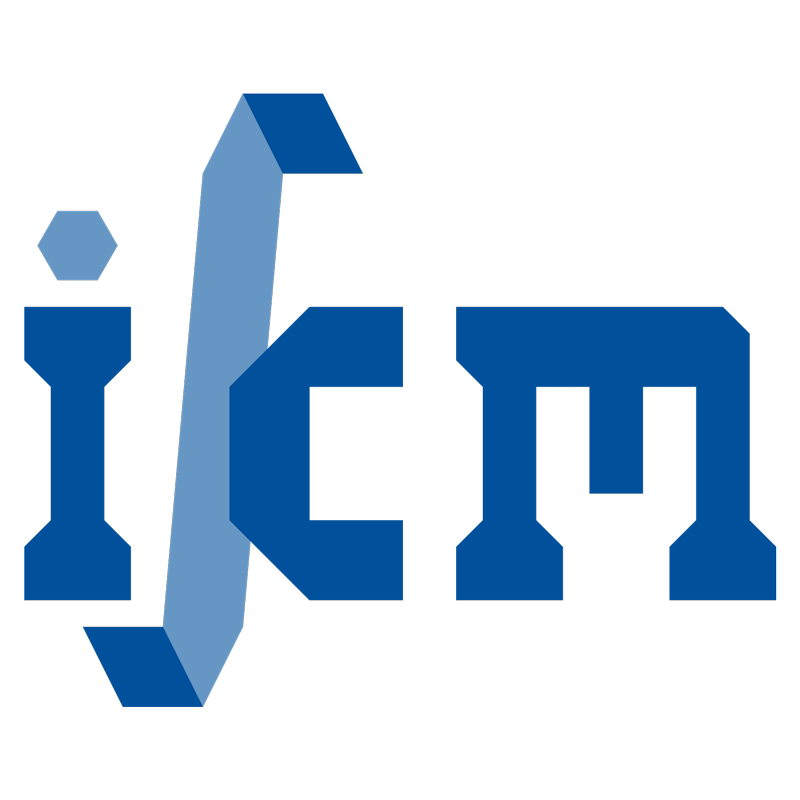3D phase-field cohesive fracture
Unifying energy, driving force, and stress criteria for crack nucleation and propagation direction
- authored by
- Ye Feng, Lu Hai
- Abstract
This paper presents a 3D variational phase-field cohesive fracture model that incorporates crack direction information into the energy functional. Through an analytical homogenization procedure, the crack normal is obtained in closed form based on the principle of energy minimization. We find that, within the proposed model, several widely recognized crack direction criteria—including the minimum potential energy, maximum driving force, and maximum cohesive stress—are consistent and unified. The remaining criteria are simply stress-space descriptions of the same physical state, derived from the strain-space minimum potential energy criterion through the Legendre transformation. The performance of the proposed model is demonstrated through four representative numerical examples involving tension, torsion, anti-plane shear, and mixed-mode loading. The results indicate that, as the proposed model faithfully converges to the 3D cohesive zone model with a mixed-mode cohesive law, it is capable of predicting complex 3D crack morphologies during nucleation and growth, and is general enough to describe both tensile- and shear-dominated 3D fractures.
- Organisation(s)
-
Institute of Continuum Mechanics
- External Organisation(s)
-
Northwestern Polytechnical University
National Key Laboratory of Strength and Structural Integrity
- Type
- Article
- Journal
- Journal of the Mechanics and Physics of Solids
- Volume
- 196
- No. of pages
- 31
- ISSN
- 0022-5096
- Publication date
- 03.2025
- Publication status
- Published
- Peer reviewed
- Yes
- ASJC Scopus subject areas
- Condensed Matter Physics, Mechanics of Materials, Mechanical Engineering
- Electronic version(s)
-
https://doi.org/10.1016/j.jmps.2025.106036 (Access:
Open)
-
Details in the research portal "Research@Leibniz University"


